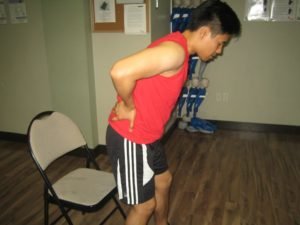It is essential to note that certain conditions can lead to bilateral hip pain among women that you should be familiar with. The hip pain experienced can be initiated by the hip joint structures along with the tendons, muscles and other tissues that help with the stabilization of the hip joint. Some of the hip-related conditions can also affect one side of the hip, while others can occur on both sides. The pain that affects both hips is known as bilateral hip pain and can occur in both men and women.
Bursitis of the hip
It is important to note that bursitis of the hip is considered as a common condition that can lead to bilateral hip pain among women. The condition can occur once one of the bursa ends up swollen. Take note that the bursa functions as a cushion between the moving joints, minimizing the friction and preventing pain from occurring. The commonly injured bursa in the hip is the trochanteric bursa which is situated in between the iliotibial band.
The usual indications of this condition include pain that worsens at night, pain at the area of the hip and outer part of the thigh and hip pain after prolonged walking or climbing stairs.

Degenerative joint disease
Degenerative joint disease or osteoarthritis can also trigger bilateral hip pain among women, particular the elderly. When it comes to degenerative joint disease involving the hip, it focuses on the articular cartilage which is a coat of smooth tissue which wraps the femoral head while at the same time covers the socket of the hip joint.
The articular cartilage enables the head of the femur to move without causing any pain. As time passes by, women can experience hip pain as the cartilage wears out and the bones start to rub on each other. The condition can occur in both hips, resulting to bilateral hip pain. The indications include pain at night, pain that worsens with activity and relieved by rest, limping as well as rigidity in the hip joints. If you want to learn how to properly manage the symptoms, click here.
Polymyalgia rheumatica
Polymyalgia rheumatica is best described as a painful condition that affects both hips among women. The condition is an inflammatory condition that results to muscle stiffness and pain all over the body. The commonly affected body parts include the shoulders, neck, hips, upper arms and thighs.
The symptoms typically manifest for a period of several days. Polymyalgia rheumatica usually occur among individuals over 65 years old and it rarely occurs among those younger than 50 years old. The definitive indications of the condition include diminished range of motion, bilateral hip pain, tenderness of the upper arm, rigidity of the affected area, fatigue, fever, loss of appetite, malaise, depression and unintended weight loss.
